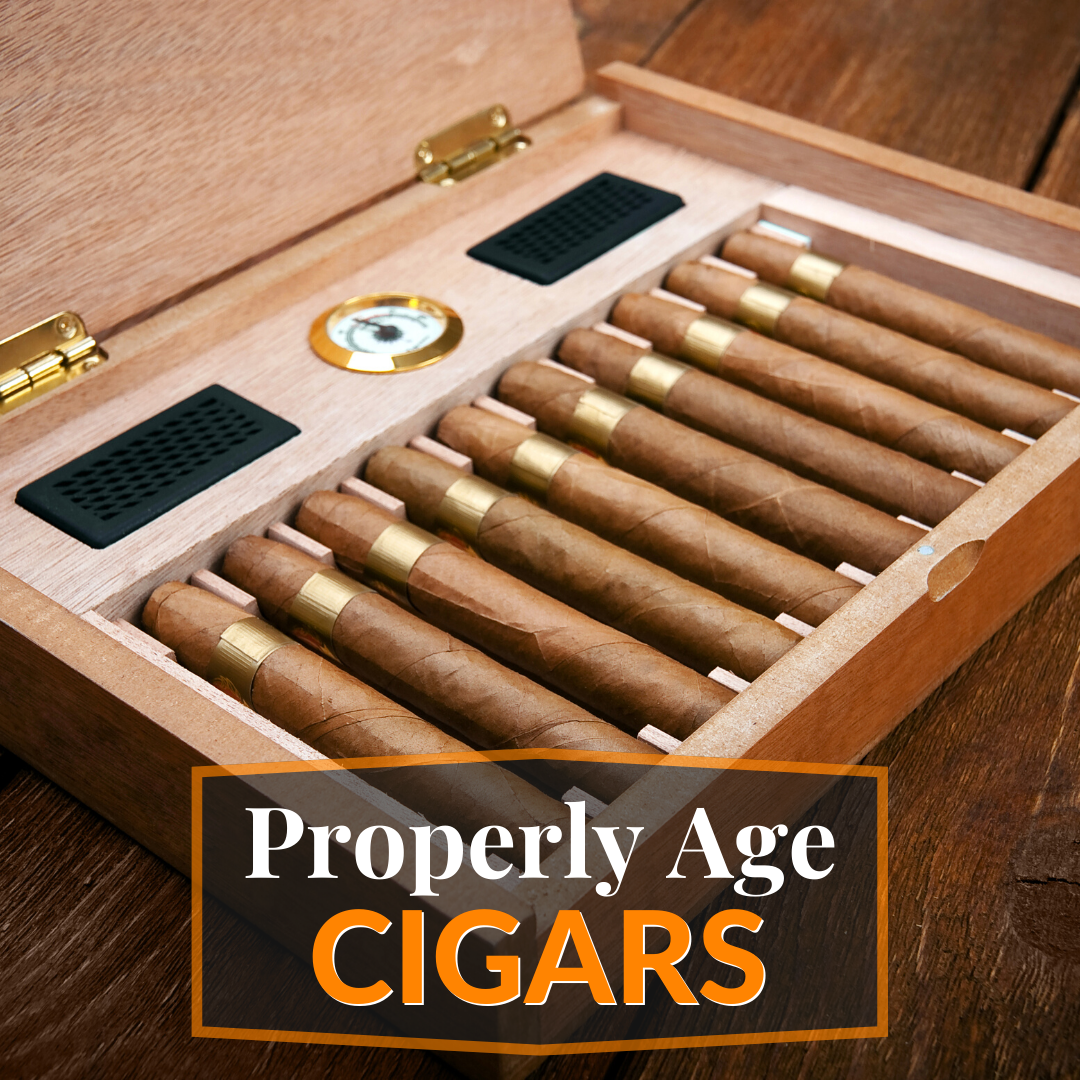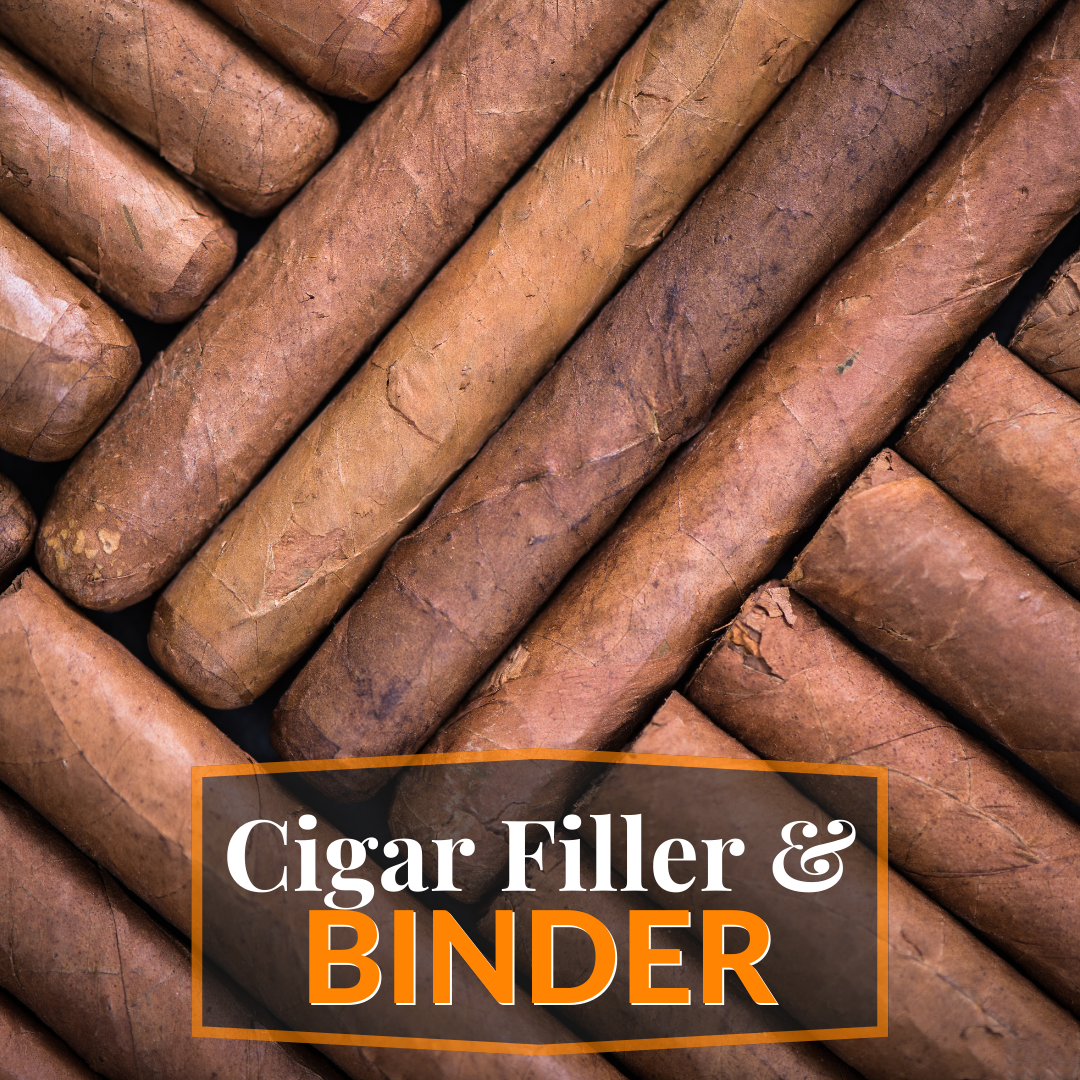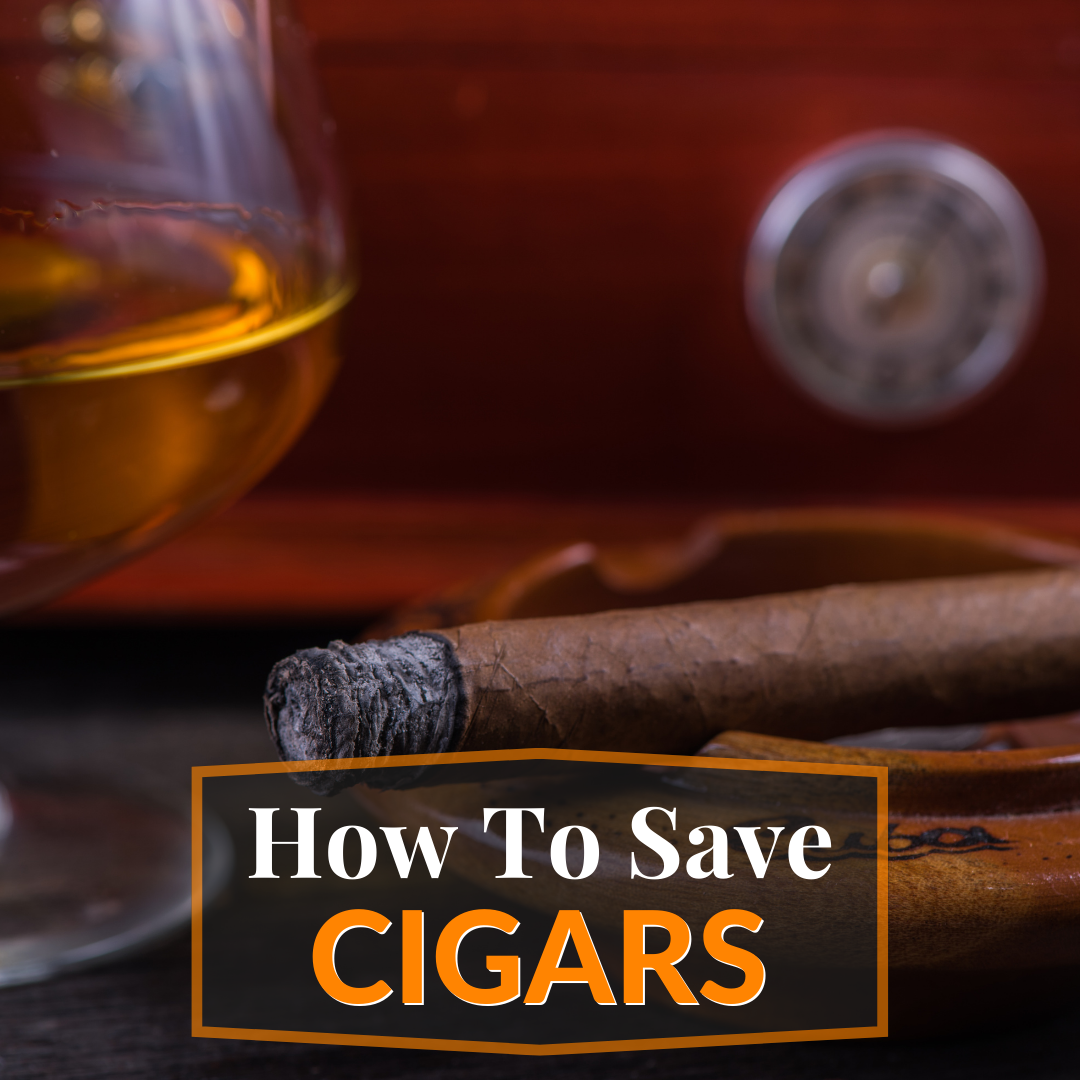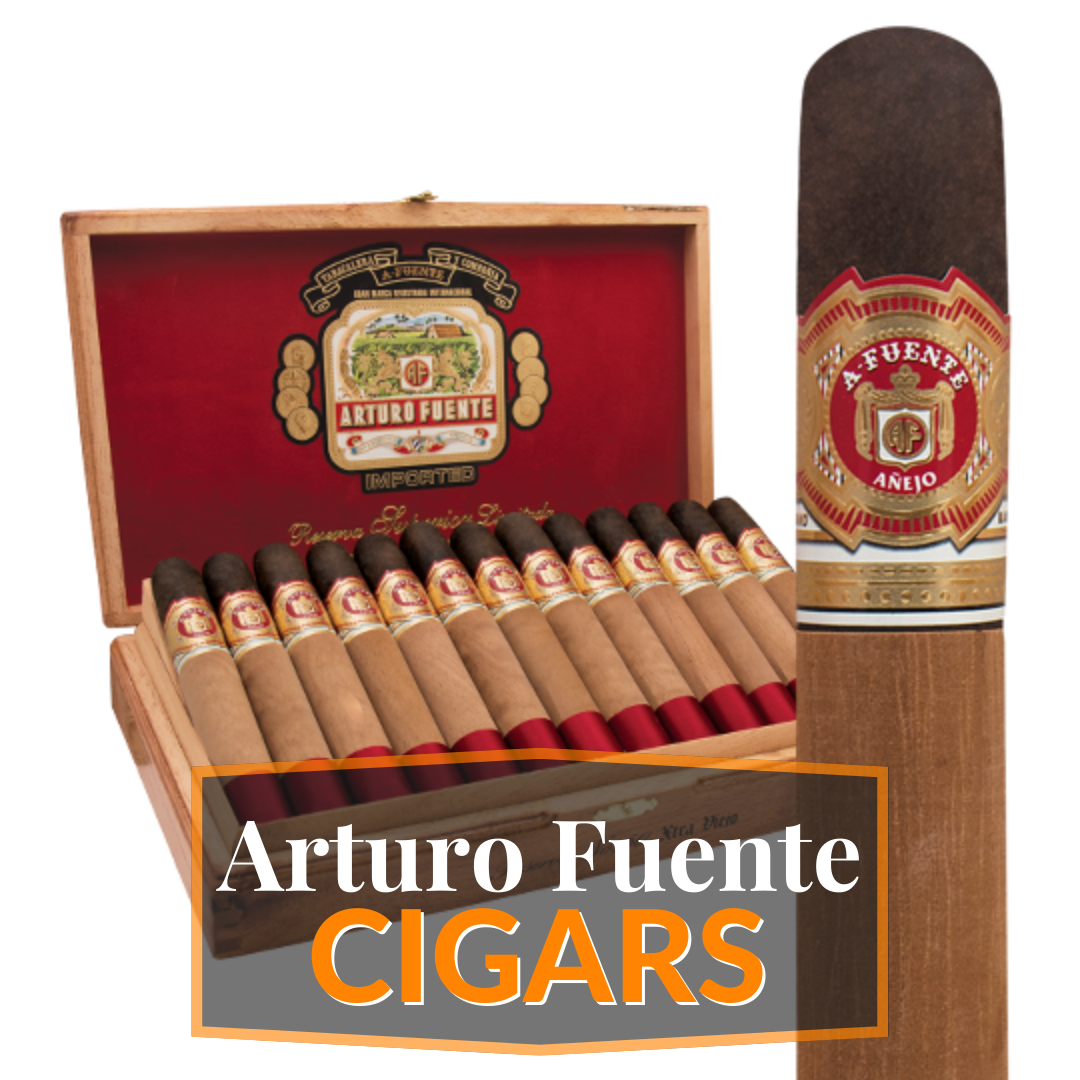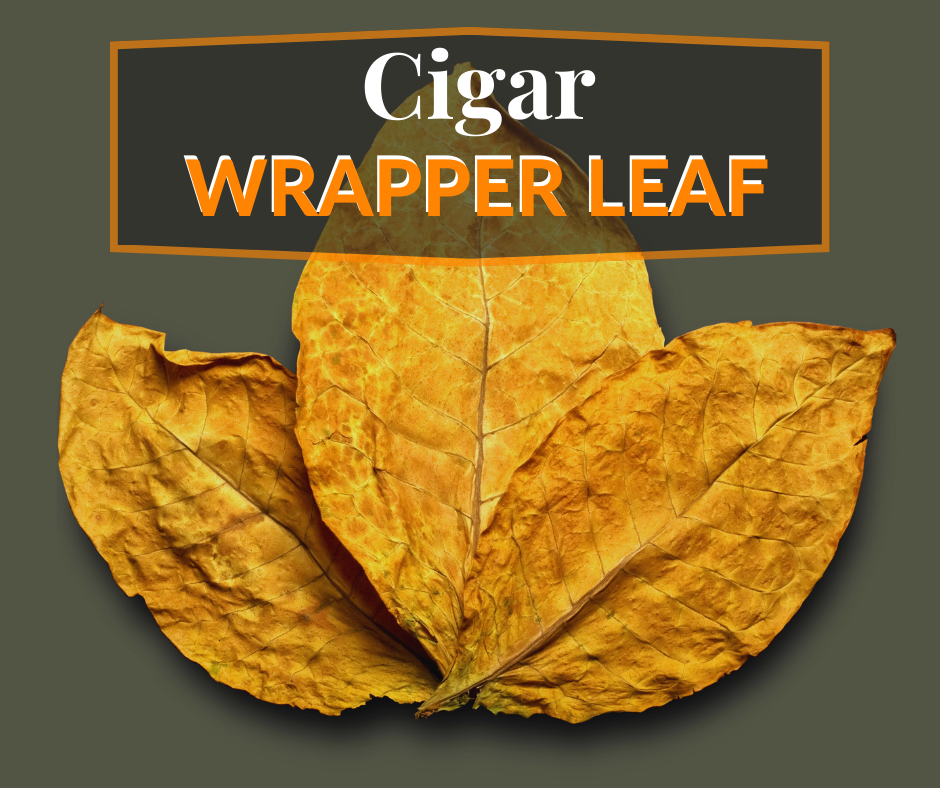
Delving into the World of Quality Cigar Wrappers
A quality cigar is a true work of art, and at its core is the wrapper. The cigar wrapper not only holds the binder and filler together, but it also greatly influences the flavor and overall smoking experience. In this comprehensive guide to cigar wrappers, we’ll explore various types of cigar wrappers, the role of whole leaf tobacco in the process, and the impact of the wrapper on the taste and aroma of a cigar.
Cigar Wrappers: The Basics
Cigar wrappers are the outermost tobacco leaves that encase the binder and filler, giving cigars their distinctive appearance. The wrapper leaf is the most expensive part of a cigar due to the work involved in cultivating and preparing it. A quality wrapper should be consistent in color and blemish-free, with the best ones often having a glistening appearance due to the natural oils in the leaf.
Types of Cigar Wrappers: A Closer Look
There are many types of cigar wrappers, each with its unique flavor profile and characteristics. Some of the most popular ones include Maduro, Ecuador Connecticut, Corojo, Cameroon, Habano, and Connecticut Shade. Let’s delve into some of these:
Maduro Wrapper
The Maduro wrapper is characterized by its dark brown color and rich, sweet flavors. This type of tobacco undergoes an extensive fermentation process, which results in its bold, full-bodied profile.
Ecuador Connecticut Wrapper
Ecuador Connecticut wrappers are grown in Ecuador under natural cloud cover, which protects them from direct sunlight. These wrappers are lighter in color, with a milder flavor profile compared to their true Connecticut counterparts.
Corojo Wrapper
Originally from Cuba, the Corojo wrapper is now primarily cultivated in Honduras and the Dominican Republic. This reddish-brown wrapper is known for its distinct, spicy flavor.
Habano Wrapper
The Habano wrapper is grown primarily in Nicaragua and offers a bolder, more robust flavor profile. Its strength level and visible veins make it a favorite among experienced smokers.
Connecticut Shade Wrapper
The Connecticut Shade wrapper is grown in the Connecticut River Valley and is prized for its light color, silky texture, and mild flavor. Shade-grown to prevent blemishes and maintain a consistent color, this wrapper is popular among those who prefer a milder smoking experience.
The Tobacco Plant: Exploring Different Sections
The tobacco plant is composed of various sections, each contributing to the different parts of a cigar. The prized wrapper leaves are typically harvested from the uppermost section, known as the “corona.” The binder leaf, which holds the filler together, comes from the middle section, or “seco,” while the filler leaves are often sourced from the lower parts of the tobacco plant.
Cigar Wrapper Leaf Impact on Flavor and Aroma
The cigar wrapper plays a significant role in determining the flavor and aroma of a cigar. Wrapper types like Maduro and Oscuro offer richer, more complex flavors, while lighter wrappers such as Connecticut Shade provide a milder, more delicate taste. The wrapper’s flavor profile is further influenced by factors such as the growing region, the tobacco plant’s section, and the fermentation process.
From Harvest to Market: The Journey of the Cigar Tobacco Leaf
Growing tobacco for cigar wrappers is a meticulous process that involves careful cultivation, curing, and fermentation. The leaves are harvested, then undergo a curing process to remove chlorophyll and develop their distinct flavors. After curing, the leaves are fermented to reduce nicotine content and further enhance their taste and aroma. Finally, the leaves are sorted by color and quality before being used in cigar making.
The Difference Between Handmade and Machine-made Cigars
Cigars can be either handmade or machine-made, with handmade cigars typically offering a higher quality smoking experience. Handmade cigars use whole leaf tobacco, resulting in a more complex flavor profile and a more even burn. In contrast, machine-made cigars often use chopped tobacco leaves, which can lead to an inconsistent burn and less intricate flavors.
Cigar Wrapper Quality: The Key to a Great Smoke
The quality of a cigar wrapper is crucial to the overall enjoyment of the smoking experience. A high-quality wrapper should be free of blemishes, consistent in color, and possess a smooth, silky texture. The best wrappers also showcase visible veins and glisten with natural oils, reflecting the care and attention given to the tobacco during cultivation and processing.
In Conclusion: Unraveling the World of Cigar Wrappers
Cigar wrappers play an essential role in the appearance, flavor, and aroma of a cigar. With various types of cigar wrappers available, understanding their unique characteristics can greatly enhance your appreciation of the smoking experience. By exploring the different wrapper types, the tobacco plant’s various sections, and the journey from harvest to market, you can deepen your knowledge of the fascinating world of cigar wrappers and elevate your enjoyment of fine cigars.
FAQs
1. What is the difference between a binder and a wrapper in a cigar?
The binder is the tobacco leaf that holds the filler together, while the wrapper is the outermost leaf that encases the binder and filler, contributing to the cigar’s appearance and flavor.
2. Why are some cigar wrappers darker than others?
Darker cigar wrappers have undergone a longer fermentation process, which results in richer, more complex flavors and a darker color.
3. How does the growing region affect the flavor of a cigar wrapper?
The growing region can significantly impact the flavor of a cigar wrapper, as factors such as soil, climate, and cultivation practices can result in unique flavor profiles.
4. Are handmade cigars better than machine-made cigars?
Handmade cigars generally offer a higher quality smoking experience, as they use whole leaf tobacco and are crafted with more attention to detail, resulting in more complex flavors and a better burn.
5. What role does the fermentation process play in the flavor of a cigar wrapper?
Fermentation is essential for developing the flavor and aroma of a cigar wrapper, as it helps to remove unwanted elements such as ammonia and reduces nicotine content, ultimately enhancing the taste and smell of the tobacco.


